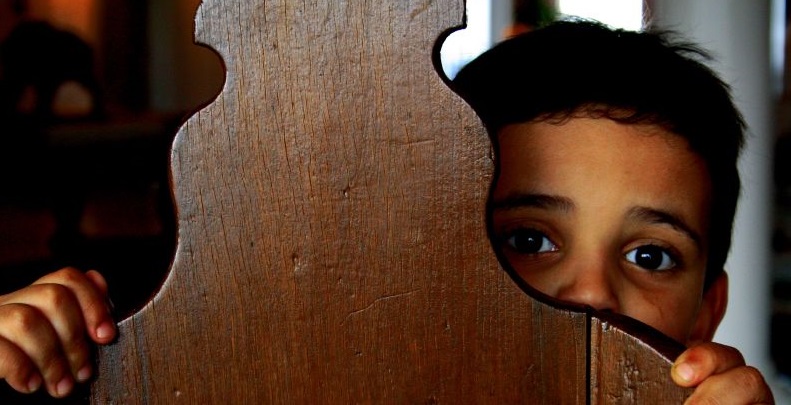Separation Anxiety disorder is a severe kind of anxiety where a person feels excessive fear, worry and distress about being apart from home, family or loved ones.
Separation Anxiety disorder(SAD) is totally different than the normal benign worry one has at moments of separation. While a normal person would see this distress fading out in merely few days time, a person having separation anxiety disorder may feel that the feelings are getting more intense and overwhelming. Moreover, the fear gets magnified, and may last for more than four weeks. Apparently, the symptoms may worsen and interfere with the person’s daily chores. This disorder can onset either after an actual event of separation from family, home or a loved one or just an anticipation of such event.

How common is separation anxiety disorder?
This disorder is very common in infants, children and adolescents. 80% of the children who refuse to go schools suffer from separation anxiety disorder. 4 – 5% of children and teens suffer from separation anxiety disorder. It has been seen that majority develops SAD during their schooling time and teenage. Only minority cases of SAD are found in adults who included those already having SAD in childhood.
Causes of Separation Anxiety Disorder(SAD)
Any incident that signifies separation and distance from family, home or anyone with emotional attachment may cause separation anxiety disorder. Events such as moving to boarding schools, hostels, moving in to a new house, change of schools, and death of a loved one or a prolonged stay in hospital can cause SAD in children and teens. Also, children, whose parents are over caring and obsessed towards them, may get separation anxiety.
Other factor that may support in developing SAD is heredity or a family history with mental disorders. The type of environment in which the children grow also has a significant impact on how he/she develop coping skills to deal with difficult situations. If the child/teen has been brought up in an over protected and guarded environment, he/she is likely to develop SAD if exposed to a separating event from family and home.
Symptoms of SAD
The most commonly occurring symptoms are given below.
In Children and teens
- Irrelevant and extreme worry of being separated from their parents or guardians
- Constant fear that something dreadful will happen to their parents or guardians
- Unusual clingy behavior with their parents or guardians
- Denying to attend school and classes
- Lack of interest in regular school activities
- Lack of concentration during classes, assignments or any other school activities
- Denying to sleep
- Worrying about being alone
- Having nightmares about getting separated from home, parents or guardians
- Bed wetting
- Complaining about physical discomfort such as stomach aches and headaches at times of separation from parents and guardians
- Anger outbursts and irritability
- Physical symptoms ( fainting, nausea and vomiting, stomach pain, difficulty in breathing and related signs) may occur whenever the person feels he/she is being separated
In Adults
- Constant distress and fear that something harmful might occur with loved ones
- Repeated nightmares about getting separated from loved ones
- Avoiding work and other everyday tasks
- Excessive concerned and over-protective about loved ones
- Irritability and anger
- Unwilling to stay alone without the company of loved ones
- Physical symptoms ( fainting, nausea and vomiting, stomach pain, difficulty in breathing and related signs) may occur whenever the person feels he/she is being separated
When to visit doctor?
You or your child should be arranged with a doctor’s appointment if the above symptoms have occurred persistently over a time period of four weeks or more and are visibly affected the daily lives of the person.
Treatment of SAD
Following treatment methods are found effective in ruling out the symptoms of separation anxiety disorder.
Medicines
Doctors recommend anti-depressant and anti-anxiety medicines to bring the symptoms in control, in severe cases. These are given in relatively low dosage to children than adults. Consult with your doctor properly before any medications.
Cognitive Behavioral Therapy (CBT)
CBT is a psychotherapy that is very effective in the treatment of separation anxiety disorder. Children and adolescents focused CBT is commonly aimed at helping them share the causes of SAD through playful methods. Therapist teaches the child on ways to control separating thoughts and fear. The main aim of CBT is focused on modifying the thinking pattern and behavior that is associated with separation anxiety.
Family therapy
It is very important that your families and loved ones are involved in the therapy. As this disorder is mainly centered on getting apart from loved ones, having support of family and loved ones can prove to be really effective in the treatment process. The therapist counsels the family about the situation and makes them aware about the disorder. Also, the family is given tips on handling and caring the child/teen or the other family member who has SAD.